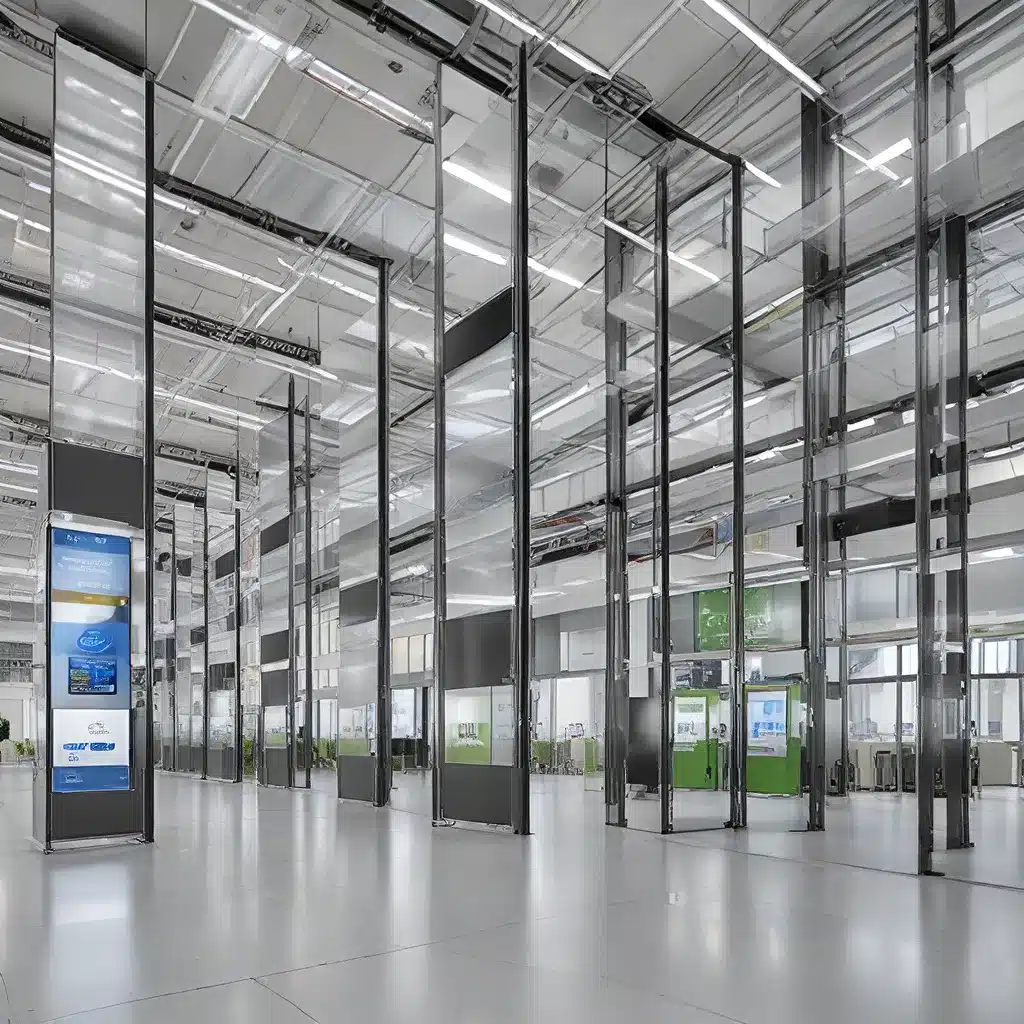
The Importance of Sensor Calibration in Smart Buildings
Sensor networks play a crucial role in the realization of smart buildings, enabling real-time monitoring and control of various building systems, from HVAC and lighting to energy management and security. However, the effectiveness of these sensor-driven systems is heavily dependent on the accuracy and reliability of the sensor data. Inaccurate sensor readings can lead to suboptimal decision-making, wasted energy, and compromised building performance. This is where sensor calibration becomes a critical aspect of smart building design and operation.
Sensor calibration is the process of adjusting a sensor’s output to match a known, reliable reference standard. This ensures that the sensor provides precise and consistent measurements, which are essential for energy-efficient building management. Without proper calibration, sensors may drift over time, leading to erroneous data and ineffective control strategies. Consequently, building owners and operators must implement robust sensor calibration strategies to maintain the accuracy and reliability of their sensor network and optimize energy management and conservation in smart buildings.
Strategies for Effective Sensor Calibration
Scheduled Calibration Routines
One of the most fundamental strategies for sensor calibration in smart buildings is to establish scheduled calibration routines. This involves periodically checking and adjusting the sensor readings to ensure they align with known reference standards. The frequency of these calibration routines should be determined based on the sensor type, the operating environment, and the criticality of the sensor’s function within the building’s control system.
Studies have shown that scheduled calibration can significantly improve the accuracy and consistency of sensor data, leading to more efficient energy management and better building performance. By implementing a regular calibration schedule, building operators can proactively identify and address sensor drift or degradation, ensuring that the sensor network remains reliable and trustworthy.
Automated Calibration Techniques
While scheduled calibration routines are essential, they can be labor-intensive and time-consuming, especially in large or complex smart building installations. To address this challenge, automated calibration techniques have been developed to streamline the calibration process.
Automated calibration systems use specialized software and hardware to continuously monitor sensor performance and automatically adjust the sensor readings as needed. These systems can leverage machine learning algorithms to detect sensor drift and trigger calibration without the need for manual intervention. Advanced automated calibration methods can also integrate with building management systems (BMS) to optimize energy usage and identify potential maintenance issues in real-time.
The adoption of automated calibration techniques can significantly reduce the time and effort required for sensor maintenance, while improving the overall reliability and energy efficiency of smart building operations.
Sensor Redundancy and Cross-Validation
Another effective strategy for sensor calibration in smart buildings is sensor redundancy and cross-validation. By deploying multiple sensors to measure the same environmental parameter (e.g., temperature, humidity, or energy consumption), building operators can compare the sensor readings and identify any discrepancies that may indicate the need for calibration.
Cross-validation techniques can be further enhanced by incorporating sensor fusion algorithms, which aggregate data from multiple sensors to provide a more accurate and reliable measurement. This approach not only improves the overall accuracy of the sensor network but also increases the resilience of the smart building system, as it can detect and compensate for individual sensor failures.
By implementing a redundant sensor network and cross-validation processes, building operators can maintain the integrity of their sensor data and ensure optimal energy management and conservation in smart buildings.
Challenges and Considerations in Sensor Calibration
While sensor calibration is a crucial aspect of smart building design and operation, it is not without its challenges. Building operators must consider various factors, such as sensor type, environmental conditions, and integration with building management systems, to ensure the effectiveness and sustainability of their calibration strategies.
Sensor Compatibility and Integration
Different sensor types may require specialized calibration methods and equipment, which can add complexity to the calibration process. Building operators must ensure that the sensors they deploy are compatible with their building management system and can be effectively integrated into the overall control and monitoring infrastructure.
Maintaining seamless integration between sensors, building automation systems, and energy management platforms is essential for automating the calibration process and optimizing energy efficiency in smart buildings.
Environmental and Operational Factors
Environmental factors, such as temperature, humidity, and air quality, can influence sensor performance and the accuracy of calibration over time. Building operators must consider these environmental conditions when establishing calibration schedules and selecting appropriate calibration methods.
Additionally, the operational characteristics of the building, such as occupancy patterns, equipment usage, and seasonal changes, can affect sensor performance and the demand for energy-efficient operations. Calibration strategies must adapt to these dynamic conditions to maintain optimal sensor accuracy and energy management in smart buildings.
Sensor Maintenance and Lifecycle Management
Sensor maintenance and lifecycle management are critical considerations in smart building operations. Sensors may degrade or fail over time, requiring periodic replacement to ensure the reliability of the sensor network. Building operators must develop comprehensive maintenance plans and budgets to proactively manage sensor lifecycles and maintain the effectiveness of their calibration strategies.
Conclusion: Unlocking the Power of Sensor Calibration
Sensor calibration is a fundamental aspect of smart building design and operation, essential for optimizing energy management and conservation. By implementing robust calibration strategies, building operators can ensure the accuracy and reliability of their sensor networks, leading to improved decision-making, energy efficiency, and overall building performance.
Through scheduled calibration routines, automated calibration techniques, and sensor redundancy with cross-validation, building operators can maintain the integrity of their sensor data and unlock the full potential of smart building technologies. By addressing the challenges and considerations in sensor calibration, building owners and operators can drive sustainable and energy-efficient smart building operations, ultimately contributing to a greener and more resilient built environment.
To learn more about the latest advancements in sensor networks, IoT, and smart building technologies, visit the sensor-networks.org website, where you can find a wealth of informative resources and expert insights in this rapidly evolving field.